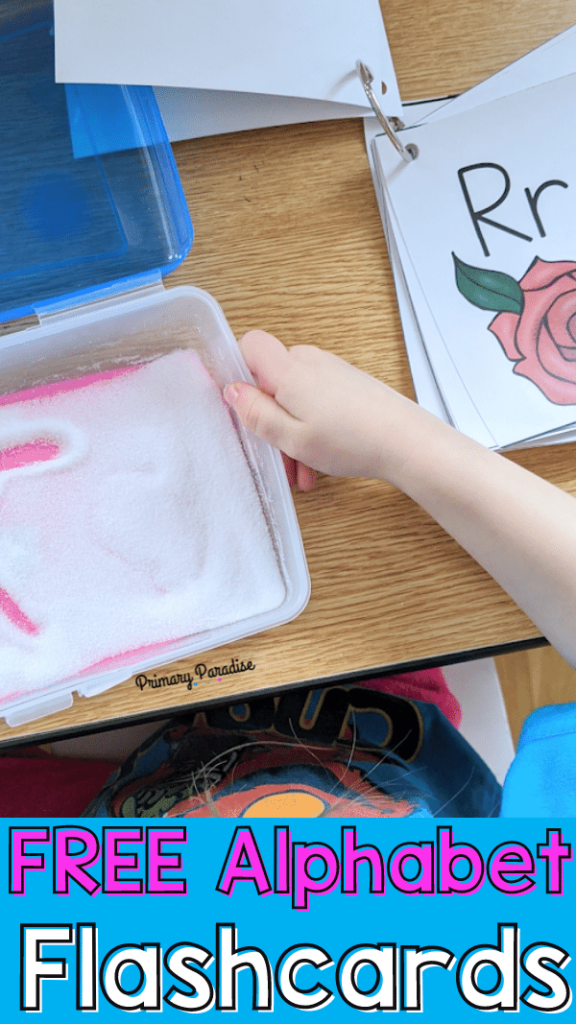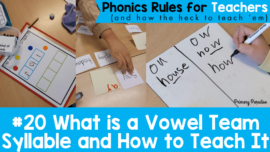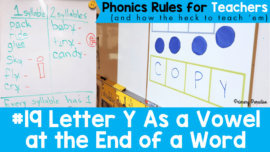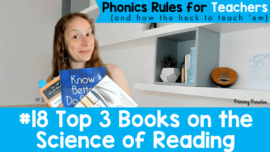Learning the sounds of the alphabet is an important and key skill to learning to decode. However, learning the ABC’s is not always as easy as 123. It can take a lot of practice, exposure, and time to really solidify the sounds in an emerging reader. Repetition is key to this vital skill. Here are how I use alphabet flashcards to help children become confident and automatic with their letter sounds.
Flashcards? Really?
If you’re an avid Primary Paradise reader, you might be a bit taken aback that I am recommending the use of flashcards. After all, I’ve written article after article on the use of hands on activities for phonics instruction such as these hands on alphabet activities, these hands on reading, word work, and writing centers, how to use sand trays, and the science of teaching sight words. (And that’s just a few examples.) So, you might be wondering why I would be suggesting the use of something as old school as flashcards.
Well, just like many “old school” practices, when used properly, flashcards can actually be super useful. Of course, I would never recommend the use of flash cards alone, but spending a few minutes a day using them to review and strengthen letter sound knowledge can work wonders. I find this is especially true once children have been introduced to all of the letter sounds but are working on that all important automatic recall.
So, how can we make using alphabet flashcards meaningful?
When most people think of using flashcards, they think of an adult holding up cards to a child, showing one at a time, and having the students recall the information. If course, this is one way to use flashcards, but it’s not the only way! Here are a few of my favorite ways to use alphabet flashcards with students.
Find the card that…

Once students mostly know their letter sounds, it is important to help them distinguish the difference between different letters. After all, that is how students learn to decode. I like to do this by playing “find the card that”. Put out 3-5 cards face up. Ask students to find a card that says a particular letter sound. I like to start out with cards that make very different sounds- example a, s, p, t. Then, once they are able to find those sounds quickly, I’ll move to more similar sounds (or letters that children often confuse)- examples- e, i, d, b. As the students get more and more comfortable, you can lay out more and more cards at a time.
Flashcard memory

Flashcards are perfect for playing memory. Just print out two sets! I like to play like regular memory. The only difference is that students have to make the sound the letter makes every time they flip over a card. So, if they flip over a p, they will say /p/ and if they flip over a g they say /g/. If they get a match, I have them make the sound 3 times. It’s a great, sneaky way to get students to practice letter sounds.
Regular flashcard practice
Another great option is regular flashcard practice. Show the students one card at a time and have them make the sound the letter makes. I like to put the cards in two piles- the ones they get right away and the ones they either don’t get or hesitate on. (Remember, the goal is automation.) Once we finish, we’ll focus on the cards they didn’t get correctly or that they hesitated on. You can play one of the games above.
Say It, Write It

I intentionally included picture prompts on these flashcards because 1. it is super helpful to give students a hint and 2. you can play this game! Hold the flashcard with your hand covering the letter. Have the student say the picture word- example for a is apple. Then, have them isolate the beginning sound- apple- /a/. Last, have them write the letter on either a whiteboard, paper, or in a salt tray.
Click the picture below to download your flashcards from the free resource library for email subscribers.





